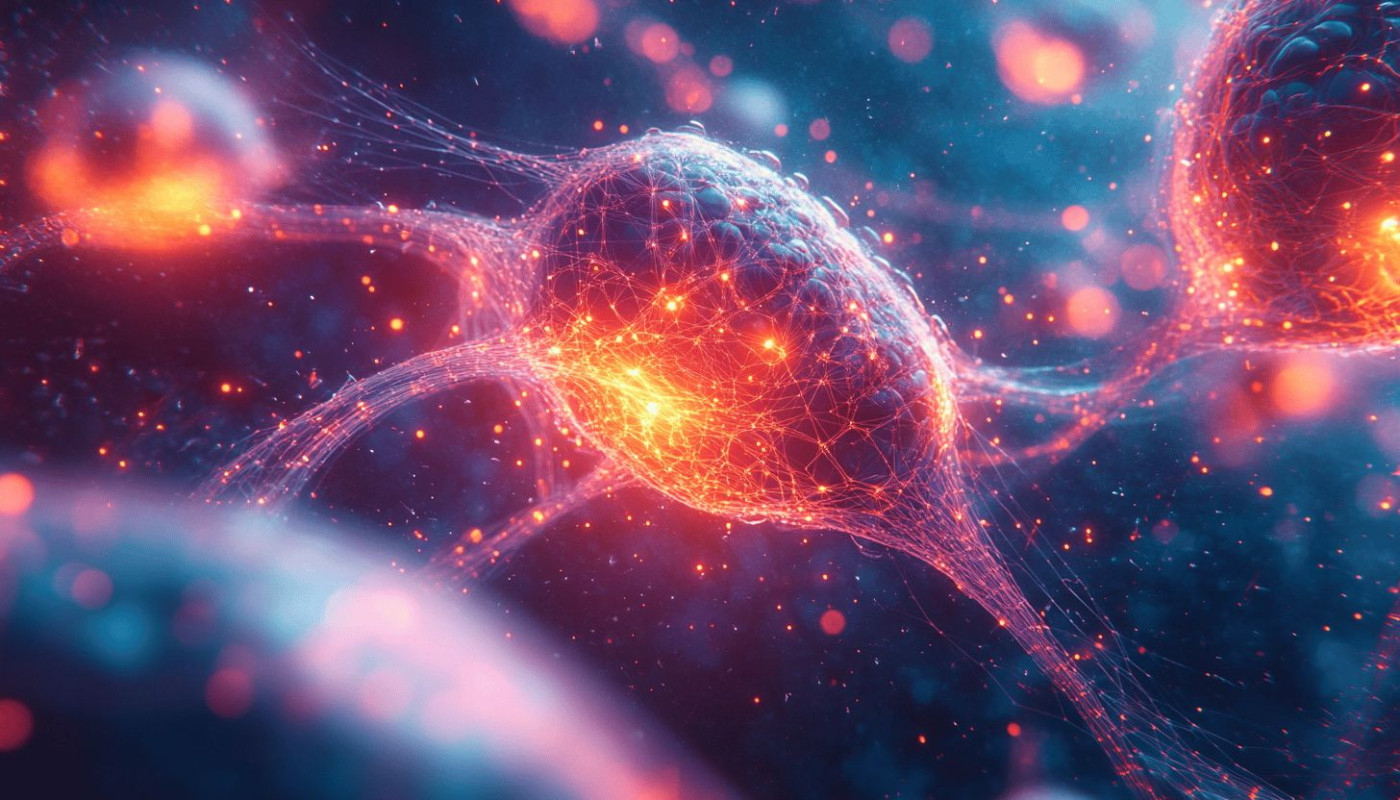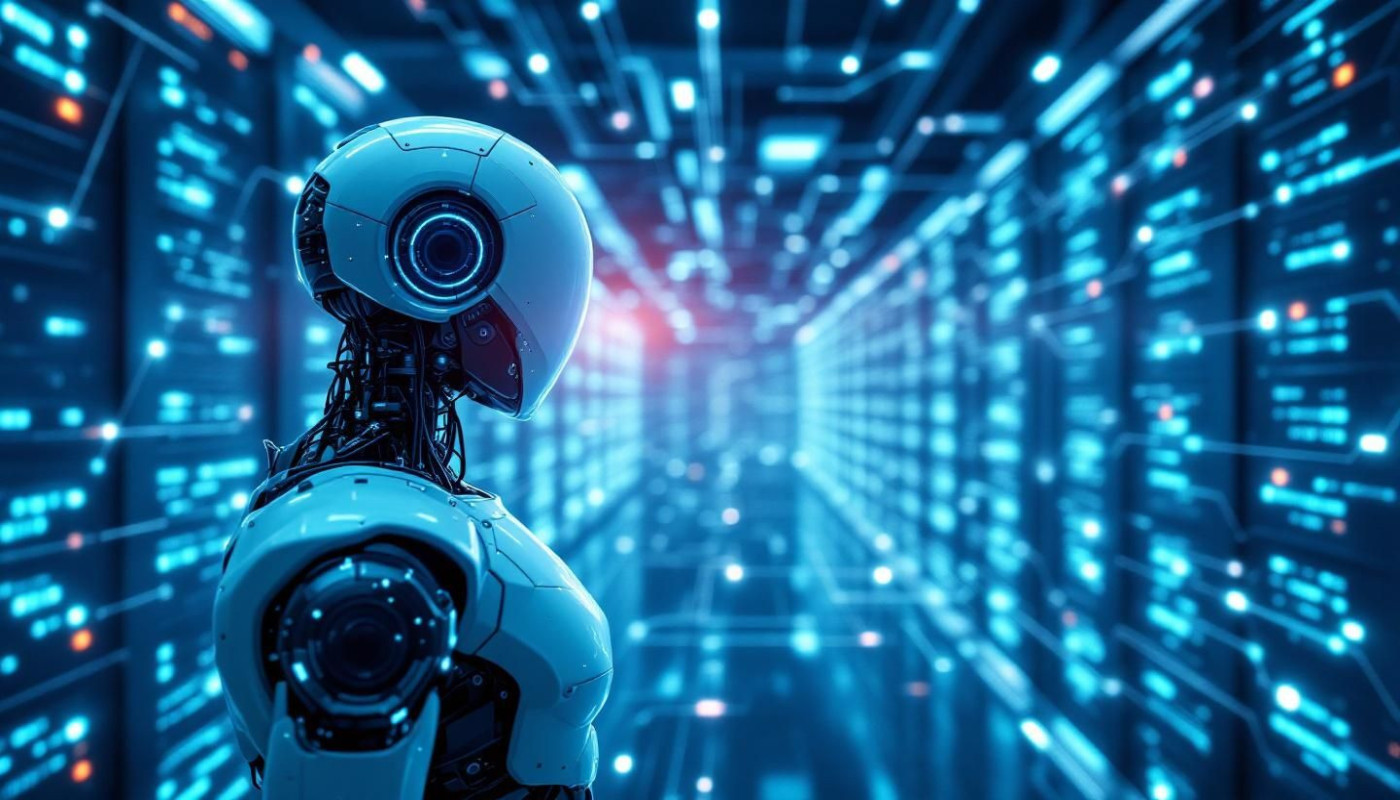Table of contents
As we find ourselves amidst a technological renaissance, generative AI stands at the forefront of redefining creativity across various sectors. This groundbreaking technology is not just altering the canvas of artistic expression but also revolutionizing the way industries approach problem-solving and innovation. Glimpse into the transformative power of generative AI and explore how it is reshaping the creative processes in fields diverse as entertainment, marketing, and product development. Prepare to delve into a world where the boundaries of imagination are being expanded by artificial intelligence, and discover how this could impact your own sphere of work or interest.
The Intersection of AI and Artistry
Generative AI is revolutionizing the domain of the arts, ushering in a novel era of AI-generated art, creative AI applications, and unparalleled exploration in music, literature, and visual media. By leveraging complex neural networks, these intelligent systems are enabling artists and creators to push beyond conventional boundaries. The emergence of AI in music production is particularly noteworthy, with algorithms composing intricate melodies and harmonies that can mimic a range of musical genres and styles. In the realm of visual arts, AI-generated art is not just imitating established forms but also creating entirely new aesthetics, textures, and conceptual pieces that were once beyond human imagination.
Literary AI tools are shaking up the world of words, aiding authors in drafting narratives, poetry, and even interactive storytelling experiences. These AI-driven creativity enhancements are not merely tools for efficiency but collaborative partners that provide a myriad of possibilities for artists to venture into unexplored territories of creativity. They influence creative decision-making by offering novel perspectives and previously unattainable complexity in patterns and designs. For an authoritative perspective on these transformative developments, one might seek the insights of a technologically savvy art critic or an experienced digital artist, whose hands-on experience with these innovative tools lends credibility to the profound impact of AI on the creative process.
Revolutionizing Design and Architecture
The advent of generative AI has marked a significant leap forward for the design and architecture industry. By integrating AI in architecture, professionals can harness the power of advanced algorithms to create models and simulations that push the boundaries of conventional design paradigms. Generative design, a method that employs AI to generate a multitude of design alternatives based on specific constraints and goals, is leading to the conception of innovative structures that were once considered impractical or impossible to build.
This technology's capacity for conducting AI-driven simulations means that architects and designers can now test the resilience and feasibility of their creations in virtual environments long before laying a single brick in the real world. Such simulations are pivotal in identifying potential issues and optimizing structural integrity, leading to safer and more sustainable buildings.
Furthermore, with AI modeling techniques, design professionals can engage in parametric design—an approach that enables the manipulation of certain parameters to alter a design's outcome systematically. This method can yield complex and aesthetically pleasing structures while also ensuring they meet functional requirements. The speed at which designers can iterate on these complex ideas, thanks to generative AI, is unprecedented. No longer bound by traditional trial-and-error methods, professionals can explore a wider range of options, refine their ideas, and develop innovative product design solutions that meet modern challenges and client demands.
To fully appreciate the depth of transformation that generative AI brings to the industry, we encourage engagement with an expert in computational design or an architect specializing in innovative technology. Their insights will undoubtedly shed light on the sophisticated processes and future possibilities afforded by this groundbreaking integration of AI into the fabric of design and architecture.
Enhancing Digital Marketing Strategies
Generative AI is revolutionizing the realm of digital marketing by offering unprecedented opportunities for data-driven personalization. This technology enables professionals to craft marketing campaigns that are not only tailored to the specific preferences of their audience but also dynamically adjust based on engagement and interaction. Personalized AI marketing is becoming a game-changer, as it empowers brands to create content that resonates on a more individual level, fostering a deeper connection with consumers. Through AI content generation, marketers can produce a high volume of customized messages, images, and videos, ensuring that each customer feels uniquely addressed.
Customer experience AI is further transforming how consumers interact with brands, providing seamless and highly responsive communication channels. This level of customization is leading to more meaningful customer journeys and, in turn, is boosting brand loyalty and conversion rates. AI-driven advertising, with its ability to analyze vast datasets, is optimizing advertising efficiency, pinpointing the most effective channels and times to reach potential customers. With AI marketing strategies in place, businesses are witnessing a significant enhancement in engagement rates, as targeted messaging becomes more sophisticated and relevant. A seasoned digital marketing strategist with experience in AI-driven campaigns can attest to the marked improvement in the return on investment when such cutting-edge tools are implemented in strategic marketing endeavors.
Streamlining Film and Video Production
Generative AI is rapidly becoming a transformative force in the realm of film and video production. In particular, AI in filmmaking is revolutionizing the industry by streamlining the process from the initial idea to the final cut. AI scriptwriting tools are at the forefront, offering novel ways to craft stories, with AI algorithms suggesting plot developments, dialogues, and character arcs, thereby reducing the time spent on script development.
Furthermore, AI special effects are pushing the boundaries of what's possible on-screen. By using machine learning and generative models, filmmakers can create stunning visual effects that were once too costly or too time-consuming to produce. AI video editing has also seen significant advancements, with AI systems efficiently handling the monumental task of sifting through footage to find the perfect shots, even suggesting sequencing for optimal narrative flow.
The concept of computational cinematography encompasses these innovations, as it refers to the application of AI in enhancing the artistic aspects of filmmaking. The utilization of generative AI in production is not only optimizing operational efficiencies but also offering unprecedented levels of creative freedom. To gain deeper insights into these groundbreaking advancements, one should seek the perspective of a seasoned film producer or director who has a successful track record of weaving technology with the art of storytelling.
In the quest for cutting-edge tools and insights in this rapidly evolving field, film professionals are continually scouting for the most innovative solutions. To explore some of the latest developments in generative AI for creative processes, check these guys out. Their expertise and offerings could very well be the competitive edge needed in the fast-paced world of film and video production.
Empowering Research and Development
In the realm of research and development, generative AI stands as a transformative force, particularly in sectors such as pharmaceuticals and environmental science. These advanced AI models are not only expediting the R&D process but are also capable of simulating complex experiments and forecasting results with astonishing accuracy. Through predictive analytics, generative AI is now a vital tool in hypothesizing and verifying the effects of new drugs, thus significantly reducing the time and financial investment typically associated with pharmaceutical research.
Leveraging "AI in R&D," scientists are able to create multiple iterations of chemical compounds and assess their efficacy and safety without the constraint of physical resources. Similarly, "AI pharmaceutical research" is being revolutionized as AI predictive models enable the identification of potential treatments that would have otherwise remained undiscovered. In the context of "AI environmental simulations," these models are instrumental in understanding climate patterns, assessing the impact of human activities on ecosystems, and aiding in the development of strategies to mitigate environmental damage.
Moreover, "AI predictive models" are invaluable in their capacity to manage and interpret vast data sets, leading to more informed and precise decision-making. As a result, "generative AI discoveries" are becoming increasingly commonplace, marking a new era of innovation that is reshaping the future of R&D. For an authoritative perspective on these advancements, a research scientist or an R&D director with a specialization in AI applications would provide the most informed insights into how generative AI is reinventing the very foundations of research methodologies.










